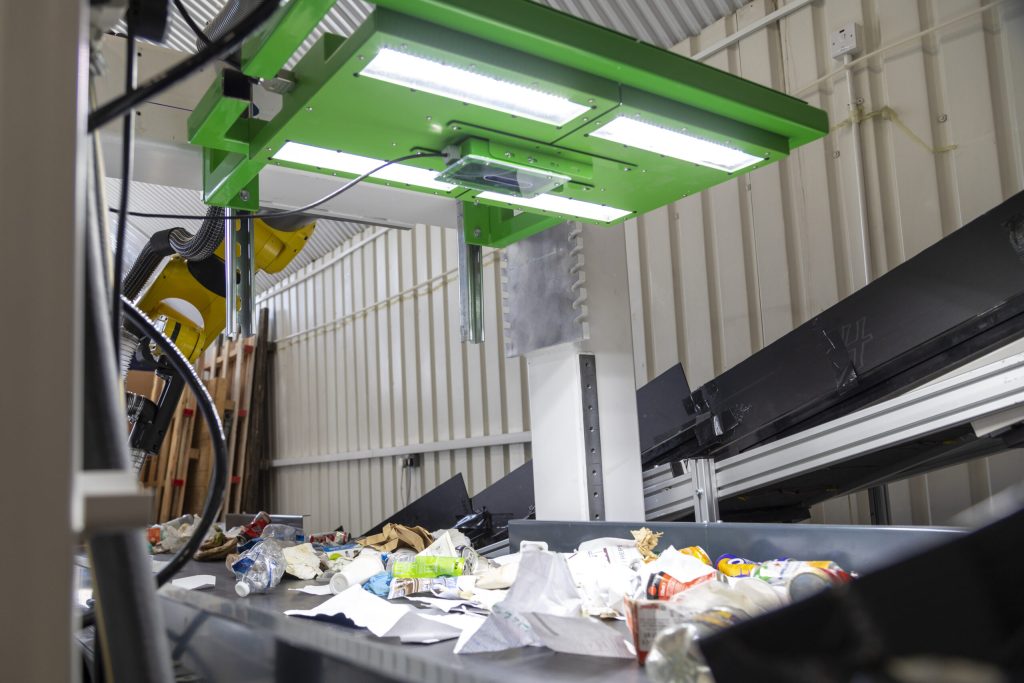In the evolving landscape of recycling, aluminium stands out as a material with immense potential. Its ability to be recycled infinitely without degrading quality makes it a valuable resource in the circular economy.
However, the efficiency of aluminium recycling hinges on the precision of sorting processes. Enter AI-powered robots, transforming how Material Recovery Facilities (MRFs) handle aluminium waste.
The role of AI in aluminium sorting
Traditional methods of aluminium sorting often involve manual labour or basic mechanical systems. While effective to an extent, these methods can be labour-intensive and prone to errors. AI-powered robots, such as Recycleye’s systems, introduce a higher level of precision and efficiency. Utilising advanced computer vision, these robots can identify and classify aluminium items on a conveyor belt with remarkable accuracy.
How it works
Recycleye’s AI system, known as Recycleye Vision, employs deep learning algorithms to scan and identify materials. This system can detect a wide range of recyclables, including aluminium, by analysing visual characteristics such as shape, size, and material composition. Once identified, robotic arms equipped with this AI technology can swiftly and accurately pick aluminium items from the waste stream. This automated process not only speeds up sorting but also reduces contamination, ensuring higher purity in the recycled aluminium output.
Image credit: recycleye
Benefits beyond efficiency
The integration of AI in aluminium recycling offers several advantages:
- Increased Purity: With precise sorting, the purity of recycled aluminium improves, making it more valuable in the market.
- Cost Reduction: Automation reduces the need for manual labour, leading to cost savings in operations.
- Scalability: AI systems can handle large volumes of waste, making them suitable for both small-scale and large-scale MRFs.
- Adaptability: These systems can be trained to recognise various types of aluminium products, adapting to different recycling needs.
Real-world applications
Several MRFs have already adopted AI-powered robots for aluminium sorting. For instance, Panda Ireland implemented Recycleye’s robotic systems to enhance the efficiency of their aluminium line. This move not only improved sorting accuracy but also led to significant cost savings. Similarly, Cireco Scotland deployed AI robots to automate their residual line, recovering valuable aluminium and PET materials that would otherwise have been lost.
Looking ahead
As the demand for recycled materials grows, the role of AI in recycling becomes increasingly crucial. By adopting AI-powered robots, MRFs can enhance the efficiency and effectiveness of aluminium recycling processes. This shift not only supports environmental sustainability but also contributes to a more robust circular economy.
In conclusion, AI-powered robots are not just a technological advancement; they are a pivotal force in revolutionising aluminium recycling. Their ability to sort with precision, adapt to various materials, and operate efficiently positions them as essential tools in the quest for a sustainable future.


